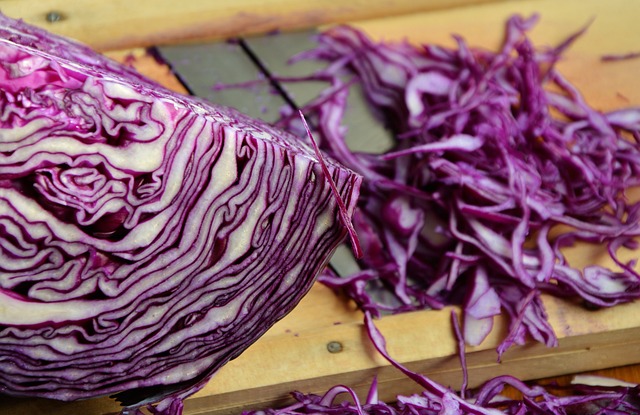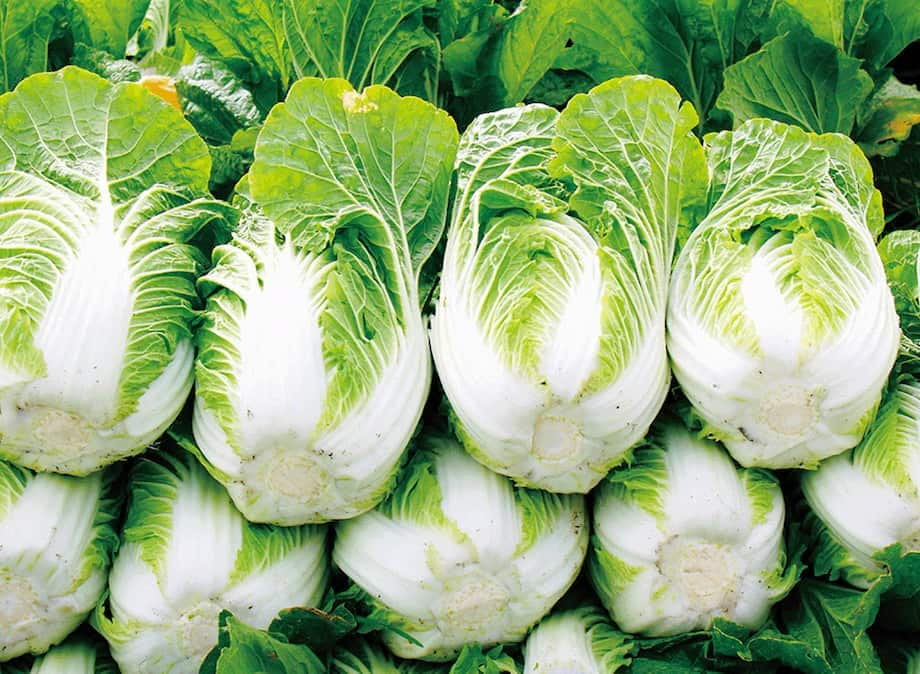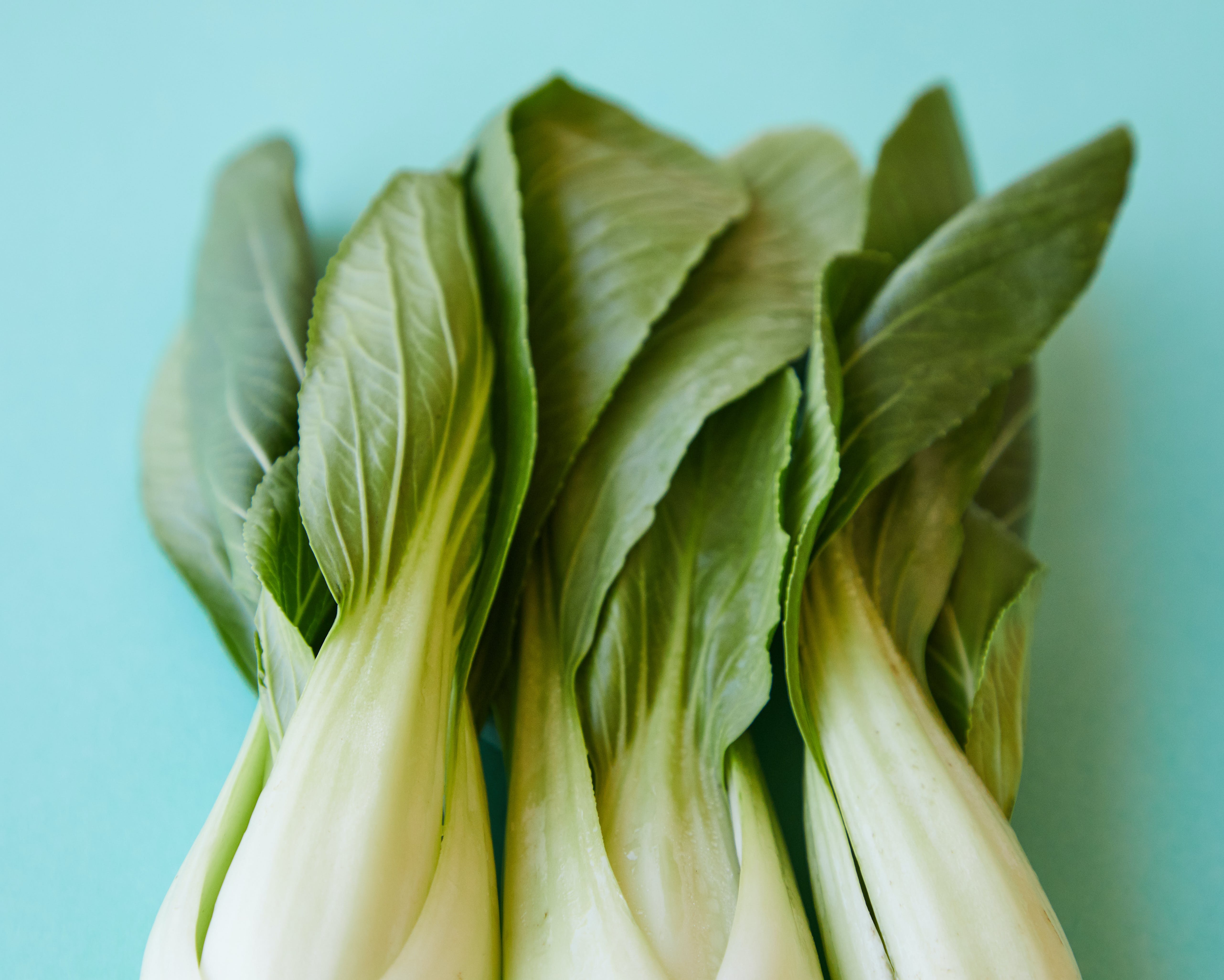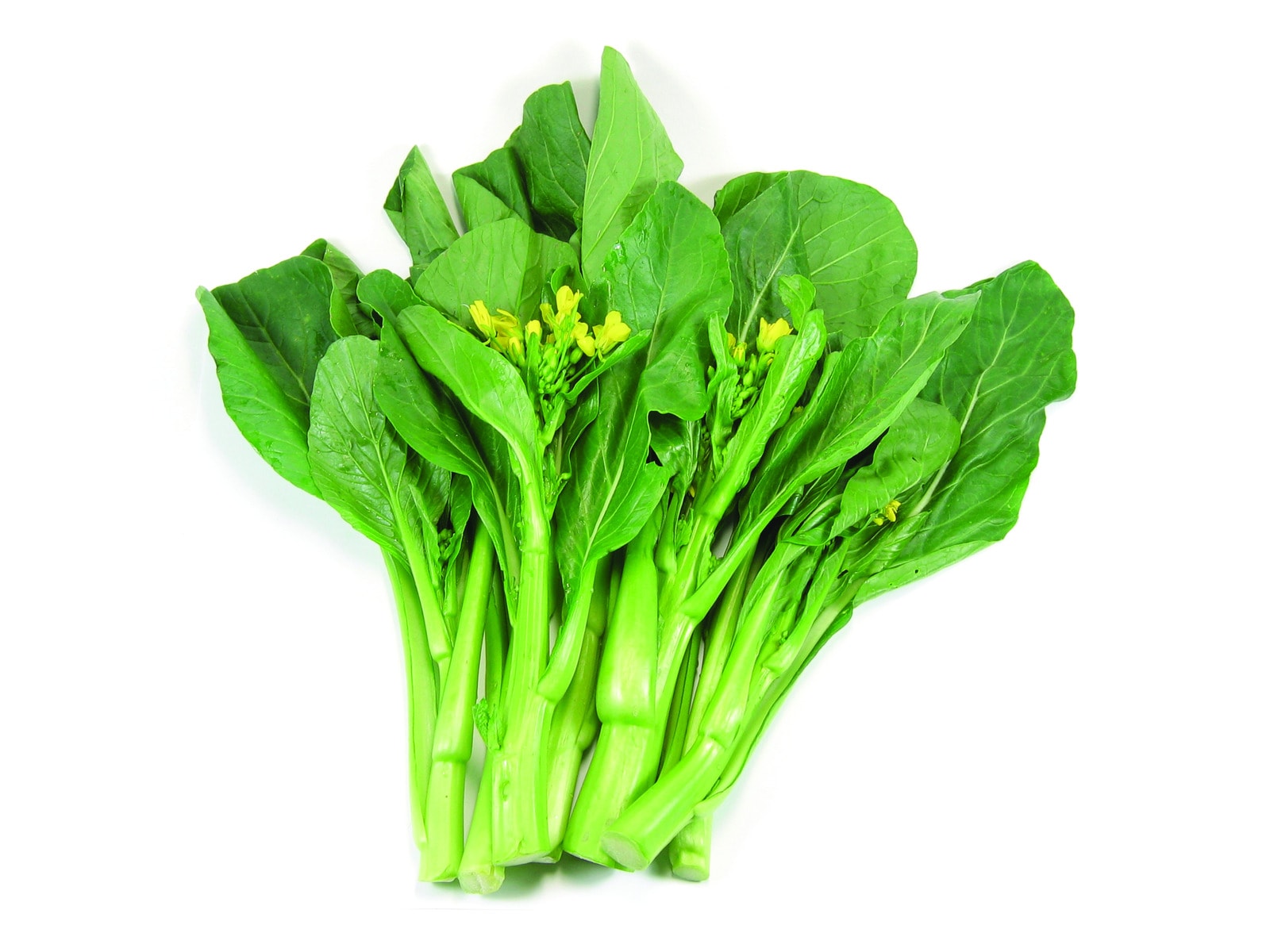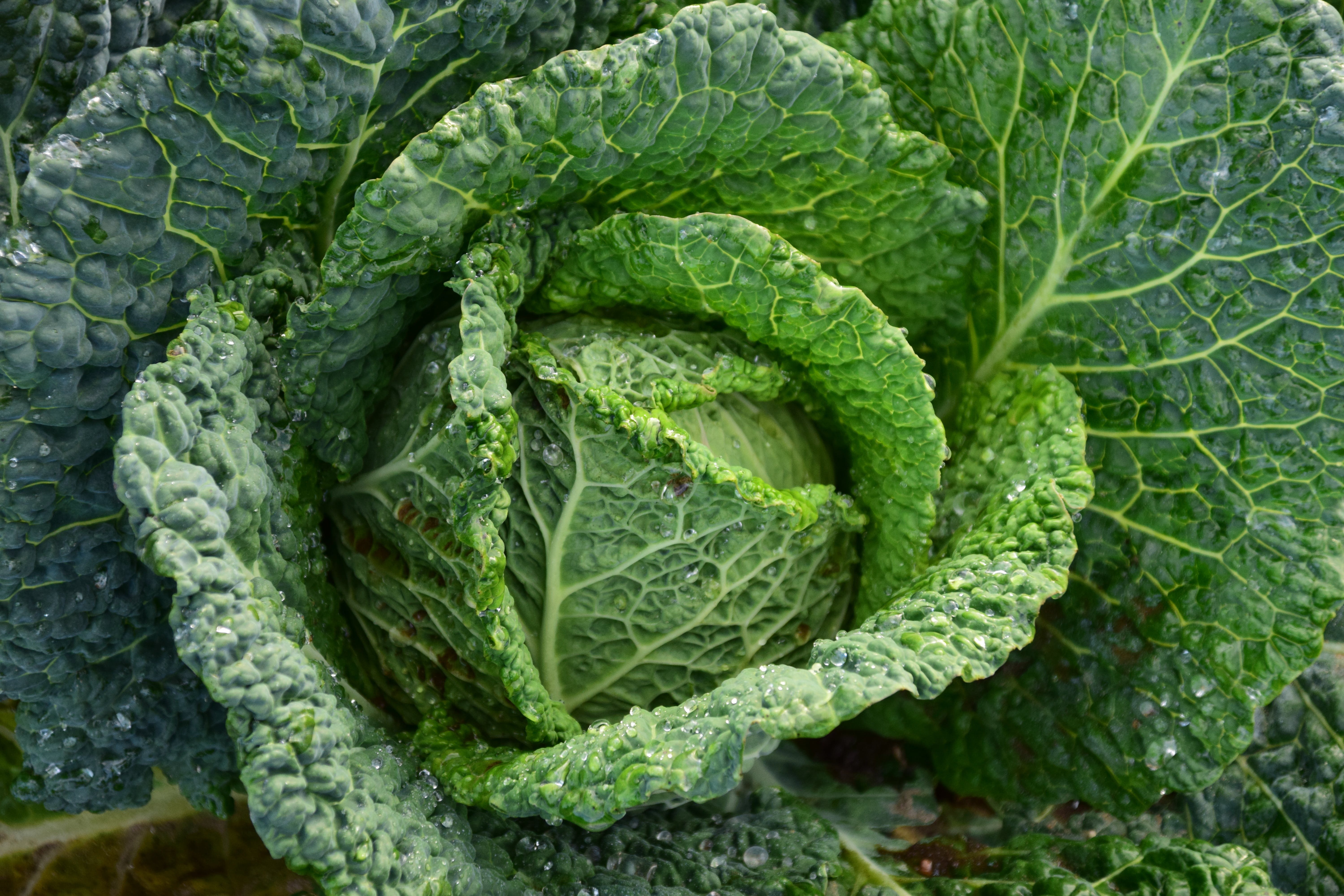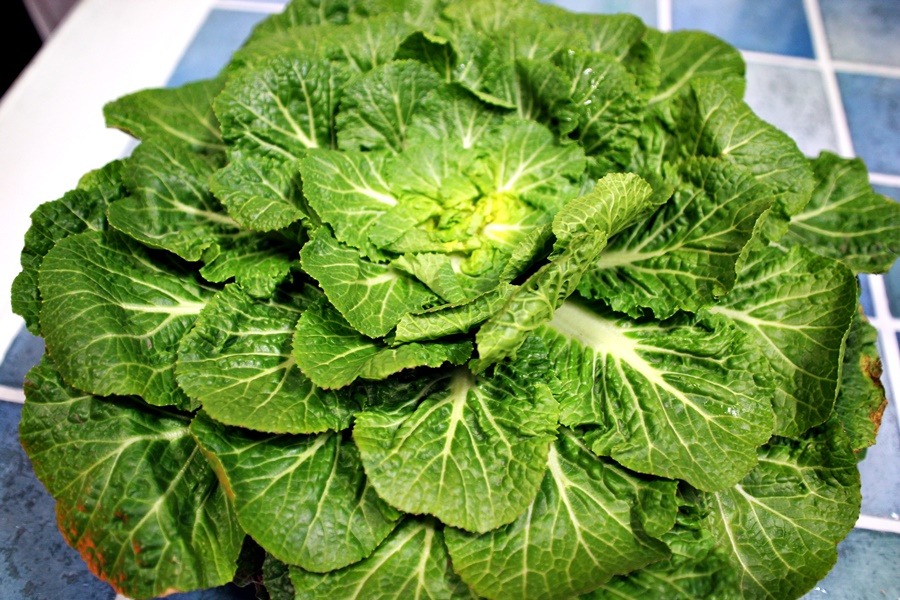8 Different Types Of Cabbage So You Don't Feel Lost At The Grocery Store
TIL bok choy and choy sum are cabbages.
1. Green cabbage
The green leaf cabbage, also known as kubis in Bahasa Melayu, is a common and affordable vegetable found in grocery stores. It is widely used in many Asian dishes.
Appearance: Round, dense head with smooth, light green leaves
Flavour: Mild and slightly peppery
Best used for: Coleslaw, stir-fry, and soups
2. Red cabbage (Purple cabbage)
The red/purple cabbage adds a splash of colour to any dish. It's similar to green cabbage in taste and texture, but with a touch of sweetness. The only distinction is its vibrant colour.
Appearance: Similar to green cabbage but with deep purple-red leaves
Flavour: Slightly peppery with a hint of sweetness
Best used for: Coleslaw, pickles, adding a pop of colour to salads
3. Napa cabbage (Chinese cabbage)
Napa cabbage has pale green leaves and is less dense compared to red and green cabbages. It originated in China, so it's often referred to as Chinese cabbage as well.
Due to its high water content and delicate leaves, Napa cabbage tends to cook faster than denser cabbage varieties.
Appearance: Oblong or cylindrical shape with tightly packed, crinkled leaves
Flavour: Mild and slightly sweet
Best used for: Kimchi, hot pot, stir-fry, pickles, and soups
4. Bok choy / Pak choi (Chinese white cabbage)
Who would have guessed? Bok choy is part of the cabbage family! It's a Chinese cabbage that has pale to dark green leaves with a crunchy stem. There's also baby bok choy, a smaller version usually used whole in stir-fries.
Appearance: Dark green, leafy vegetable with thick, white stalks
Flavour: Mild and slightly peppery, with a crisp texture
Best used for: Stir-fry, steamed sides, soups, and kimchi
5. Choy sum (Chinese flowering cabbage/sawi hijau)
Often mistaken for bok choy, choy sum is another leafy vegetable that's part of the cabbage family. However, instead of thick, white stalks, it has thin, tender stems with yellow flowers.
Appearance: Thin, tender stems with small, tender leaves. The stems may have small, undeveloped flower buds and yellow flowers.
Flavour: Mild taste with subtle sweetness, particularly in the stems and leaves
Best used for: Steamboat, stir-fry, dim sum, blanched or steamed with oyster sauce
6. Savoy cabbage
Savoy cabbage is not only known for its crinkled leaves and tender texture but also appreciated for its mild and slightly sweet flavour.
Due to its tender nature, savoy cabbage cooks relatively quickly compared to some of the heartier cabbage varieties. Its leaves are more pliable and easier to work with, making it a versatile ingredient in the kitchen.
Appearance: Loose, wrinkled leaves with a round or oval-shaped head
Flavour: More delicate and mild compared to green or red cabbage
Best used for: Soups, casserole, sautéed, and salads
7. Brussels sprouts
Brussels sprouts are small, green vegetables that resemble miniature cabbages. Known for their unique flavour profile, they are not traditionally used in Asian dishes.
Common cooking methods for Brussels sprouts include roasting, sautéing, and even pan-frying, which can enhance their natural sweetness and create a pleasant caramelisation on the outer leaves.
Appearance: Small, round, green buds or miniature cabbages along the stem of the plant
Flavour: Earthy, nutty, and slightly bitter
Best used for: Roasts, stir-fry, slaw, sautéed, and pastas
8. Korean flat cabbage (Korean spring cabbage/Bomdong)
Unlike Napa cabbage, Korean flat cabbage has leaves that cascade to the side, offering a crunchy, sweet texture. This variety is typically enjoyed during a specific season and appear spread out due to the cold weather in South Korea.
Appearance: Short and flat in shape with open leaves that fall to the side
Flavour: Sweet leaves
Best used for: Kimchi, salads

